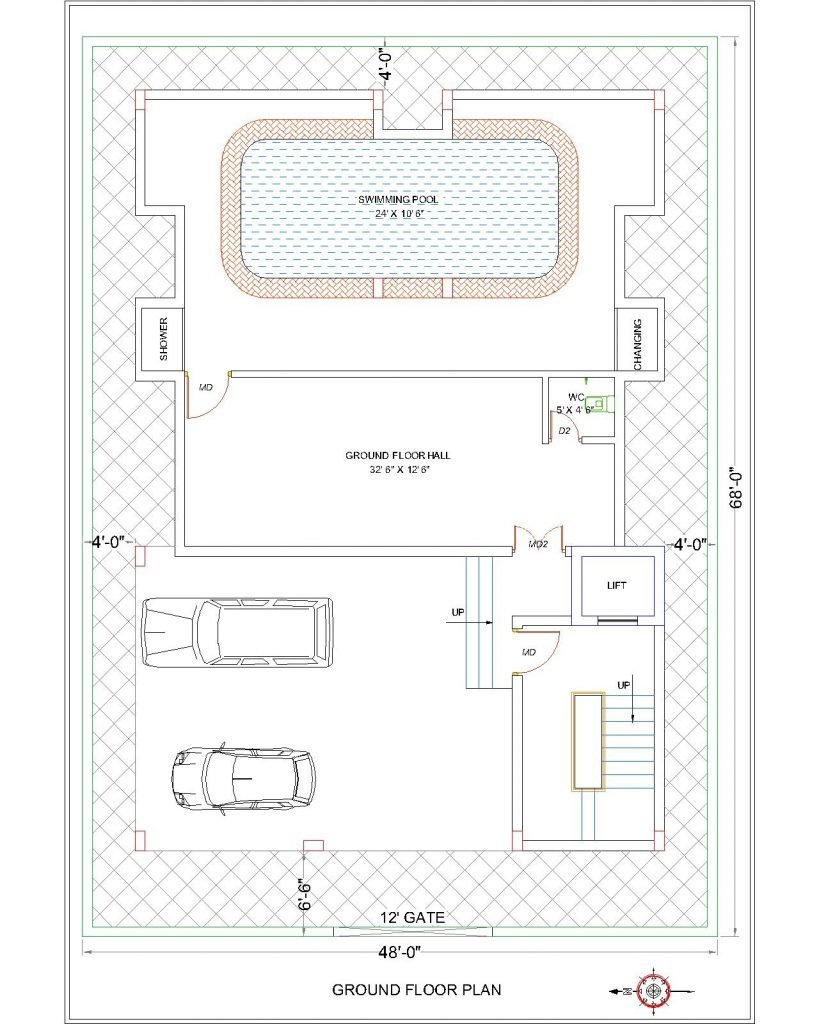In the era of sustainability and energy efficiency, the importance of green electric components and innovative lighting solutions cannot be overstated. The shift towards environmentally friendly technologies has led to significant advancements in lighting, with LED (Light Emitting Diode) technology emerging as the frontrunner. With extensive research in lighting, scientists and engineers continue to refine and enhance LED efficiency, durability, and applications. This article explores the significance of green electric components, the evolution and benefits of LED lights, and the latest research shaping the future of lighting.
The Role of Green Electric Components
Green electric components refer to electrical and electronic components designed with energy efficiency, sustainability, and minimal environmental impact in mind. These components play a crucial role in reducing energy consumption, lowering carbon footprints, and enhancing performance in various electrical applications. Some of the key characteristics of green electric components include:
-
Energy Efficiency – They consume less power while delivering optimal performance.
-
Sustainable Materials – Manufactured using eco-friendly materials that reduce environmental harm.
-
Longevity and Durability – Designed to last longer, thereby reducing waste.
-
Recyclability – Components can be recycled or repurposed, minimizing e-waste.
-
Reduced Heat Generation – Low energy consumption leads to minimal heat dissipation, improving overall efficiency.
LED lights are among the most widely used green electric components today, revolutionizing the lighting industry with their numerous advantages over traditional lighting solutions.












